Human Genetic Variation
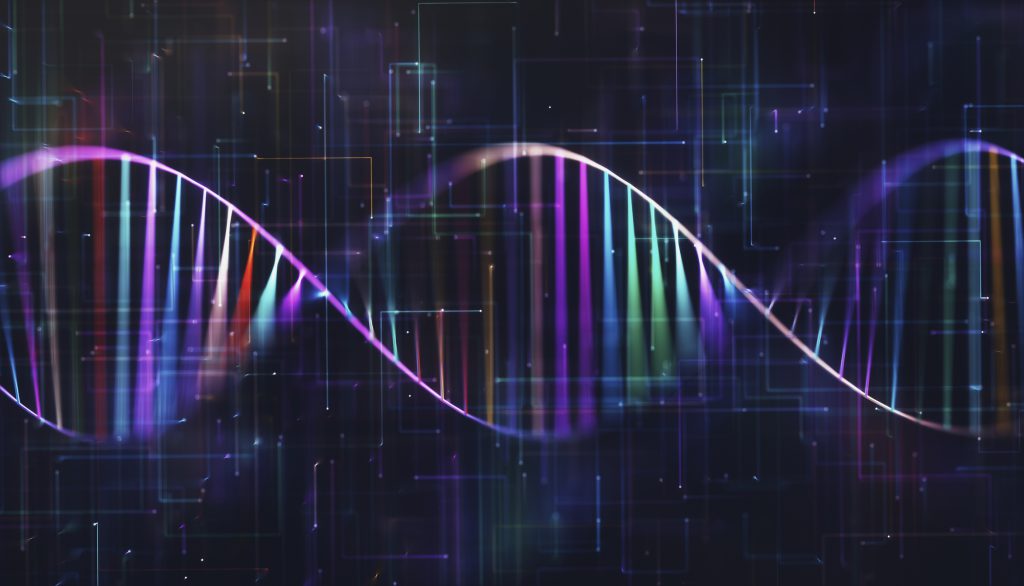
Scientific explanations for and appreciations of human genetic variation often remain at odds with social views on human diversity. In this unit, students will learn how biological anthropologists address genetic variation. They also can consider anthropologists’ ongoing struggle to address the discipline’s historical role in perpetuating scientific racism.
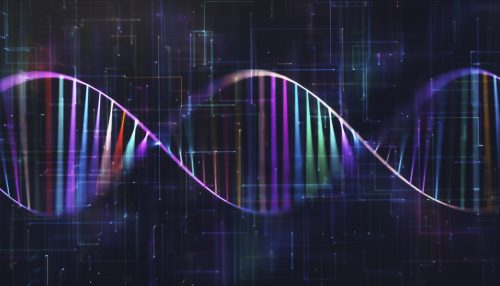
Race Is Real, But It’s Not Genetic
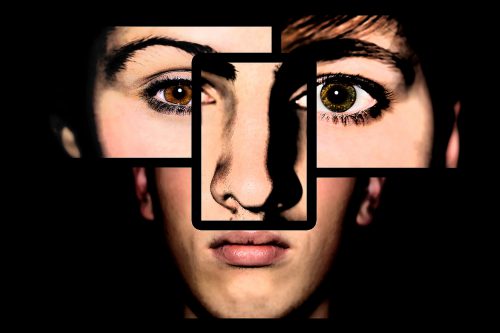
Schizophrenia’s Tangled Roots

Best of SAPIENS 2024

Phantom Vibrations of a Lost Smartphone

Are People Projecting Racist Stereotypes Onto Squirrels?

How Water Insecurity Impacts Women’s Health
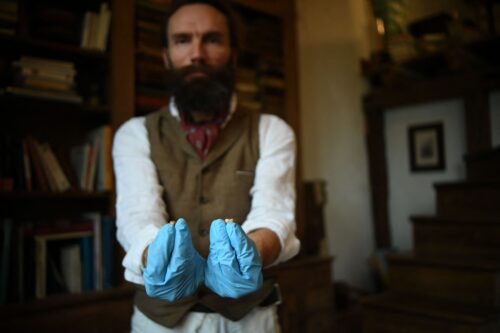
Unraveling a “Ghost” Neanderthal Lineage
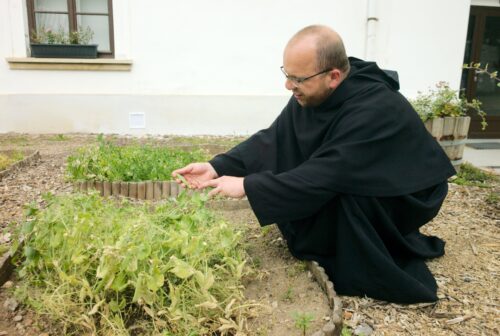
People Are Not Peas—Why Genetics Education Needs an Overhaul

Para as famílias de entes queridos desaparecidos, as investigações forenses nem sempre trazem uma conclusão

Solucionando o quebra-cabeça das torres antigas de Omã
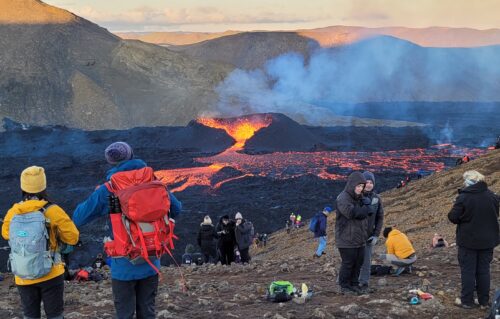
Morte lenta por vulcão
- Genes are proteins that make up our DNA and are responsible for many of the traits that we possess: for example, aspects of our physical appearance such as skin, eye, and hair color; physiological traits such as tolerance of lactose, sickle cell anemia, and color blindness; and diseases such as Alzheimer’s.
- Biological anthropologists study human genetic variation from an evolutionary standpoint.
- They study the many traits that modern humans have as a result of genetic mutations and in response to environmental and social change.
- The discipline of anthropology often played a central role in creating, sustaining, and spreading scientific racism in the 19th and 20th centuries.
- Scientific racism relies on pseudoscientific measures (initially, measurements of skulls and other body parts) to propagate the concept of the existence of distinct races and promote ideologies about the genetic and/or biological superiority and inferiority of socially constructed groups.
-
Auton, Adam, Gonçalo R. Abecasis, David M. Altshuler, et al. “A Global Reference for Human Genetic Variation.” Nature 526: 68–74.
-
Marks, Jonathan. 2012. “The Origins of Anthropological Genetics.” Current Anthropology 53 (S5): S161–S172.
-
Reardon, Jenny, and Kim TallBear. 2012. “’Your DNA Is Our History’: Genomics, Anthropology, and the Construction of Whiteness as Property.” Current Anthropology 53 (S5): S233–S245.
- What does the 2017 SAPIENS piece by Michael Balter tell us about studying genetics and culture together?
- How can we prove that race is not genetically real?
- According to Marks (2012), what is the legacy of racism and eugenics in studies of genetics?
- List the merits of the 1000 Genomes Project (Auton, Adam, Gonçalo R. Abecasis, David M. Altshuler, et al. 2015). What does it tell us about shared genetic variations among different populations?
- Direct students to the 1000 Genomes Project website and have them write a one-page summary of the project’s scientific and ethical merits, potential, and limitations.
- Set up a class debate to explore the concept of “nature versus nurture.”
-
Article: Anthropology Newsletter’s “Origin of the Idea of Race”
-
Article: NPR’s “Why You Should Think Twice About Those DNA-By-Mail Results”
-
Podcast: Code Switch’s “Is ‘Race Science’ Making A Comeback?”
-
Podcast: The University of Alabama’s Speaking of Race
-
TED Talk: Spencer Wells’ “A Family Tree for Humanity”
-
TED Talk: Nina Jablonski’s “Skin Color Is an Illusion”
-
Video: PBS’ “Power of an Illusion: The Difference Between Us”
-
Website: The American Anthropological Association’s RACE: Are We So Different?
Eshe Lewis (2020)
Human Behavior
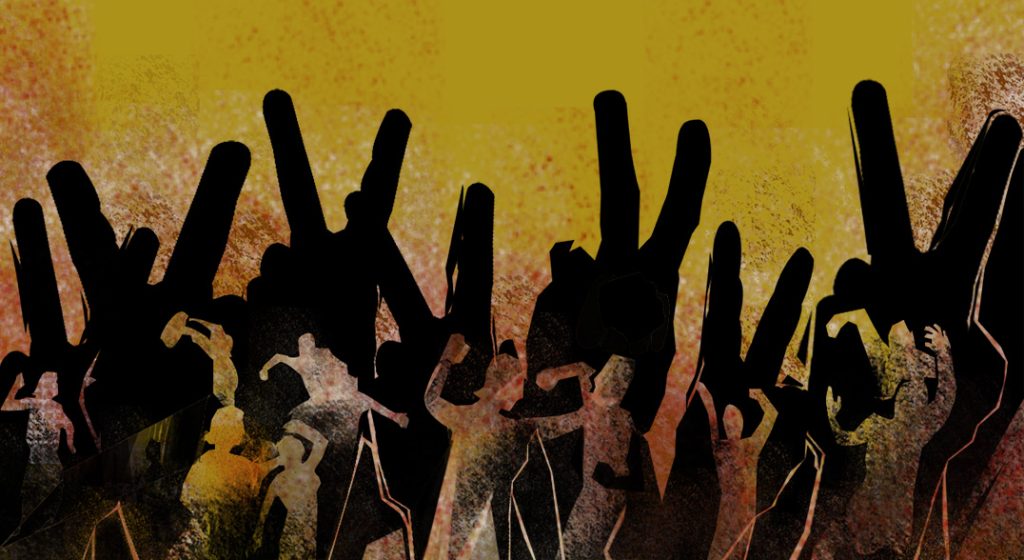
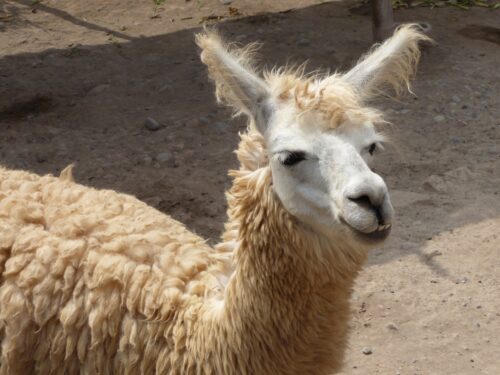
![Uma pessoa usando um vestido branco cuja saia é feita de fitas, cada uma com um nome escrito, inclina-se para trás com os olhos fechados. Ela está na grama, com uma faixa do Black Lives Matter [Vidas Negras Importam] no chão ao seu lado e um círculo de bateristas e espectadores ao redor.](https://www.sapiens.org/app/uploads/2023/07/01_Say-Her-Name-rally-500x337.jpg)